Here are six big mistakes that even big companies make and recommended fixes for the mistakes.
1. Excessive Company Focus
Assuming that you built the website for your customer’s use, why would it be focused on internal company processes? Who in their right mind will pause at a home page that lists a company’s vision statement? Does somebody actually think that approach increases customer sales or improves the company-customer relationship?
FIX : Find a website that has a good home page and follow its techniques. As a small hint, that good page will not have a vision statement, will not say “Welcome to our home page,” and will not have a photo of an executive you are not interested in.
2. Confusing Navigation
If people cannot find their way around your website, they will leave and they will not be happy. How frustrated is somebody when they are lost? Do they typically criticize the area they were in? I’m guessing that a lost website visitor will not promote good word-of-mouth for your company.
FIX : Use simple navigation on the left side or top that is text-based without animation, pop-outs, or color changes. Use simple-to-understand text like “Products,” “Services,” “Contact Us,” “Home,” and “What We Do.” If Amazon.com, with its monster budget, does not make navigation complex because “it's cool,” then why should you?
3. Using PDF Files Way Too Much
Have you ever been to one of those websites where you are constantly closing Adobe Reader or losing your place because of all the stinking PDFs that keep appearing? Visitors to your website do not like to click on what they think is a web page link and then have to wait while their machine locks up for several seconds to open the most recent Adobe Reader software. One great mind once said, “Chairs are for sitting, PDFs are for printing”.
FIX: Use PDF files only when a specific format is needed by the customer. Give them a hint that it is a PDF file and not a regular page. You should consider changing every PDF on your site to a web page and then making a PDF available at the bottom of the page. Before the PDF link, you should say something like “Get a printable version of this page” and provide a link to the Adobe Acrobat Reader software. More on the proper use of PDFs in websites in that other blog.
4. Excessive Use of Flash Animation or Graphics
This would have to be my top pet peeve. Why do so many companies spend large chunks of dollars to get a flash intro page? Do they know it reduces visits by as much as 95%? Probably. That would explain why they have the Skip Intro link on the page. The only thing I can think of worse than a flash intro is a flash intro with junky music enabled and no “Skip This Stupid Intro” or mute links. Yes, there are some companies that actually have websites that bad. Note that some flash animation can add to the user experience, but it can also be used for evil.
FIX: Just don’t do it – really. If an uninformed, but well-meaning, person pushes for the flash intro, you need user testing. The most important book to read for websites is Krug’s Don’t Make Me Think which describes how to do user testing and get an effective website. The user testing provides real data to validate your argument against flash intros.
5. No User Testing
This seems to occur more often with larger companies for some reason. An internal developer or an ad agency is so confident in their website that they run out of time to test.
FIX : User testing does not have to be complex – just gather a few people and have them walk through the website looking for certain things. Again, the Krug book is a great resource for this.
6. Text is Difficult to Read
Why, oh why, would a company spend tens of thousands of dollars to get an online presence and then hide their information? Are they afraid their far-sighted competitors are going to try to capture the information? I usually see bad text on old websites or new websites that have crunched every bit of useless information into a single page. Instead of being selective or reorganizing the information, most companies just tell the developer to “see if you can fit that in.” Then nobody reads it. Here are the worst offenders, often born from an urge to be artistic or creative:
- Off gray or other non-black text
- Complex pattern backgrounds (everybody repeats: “Dude, that is so 1995 “)
- Tiny text
- Complex font
- Too many columns of information
- Not enough columns (one that spans your entire screen
- Centring text – man, I really hate this one! People have read with left alignment for decades and some twit thinks centring somehow makes their message more valuable.
FIX Four-foot test. Standing four feet away (eyeballs to LCD distance – no leaning!), can you read the screen? If not, make some adjustments. Note: You should have a normal vision to do the test.
